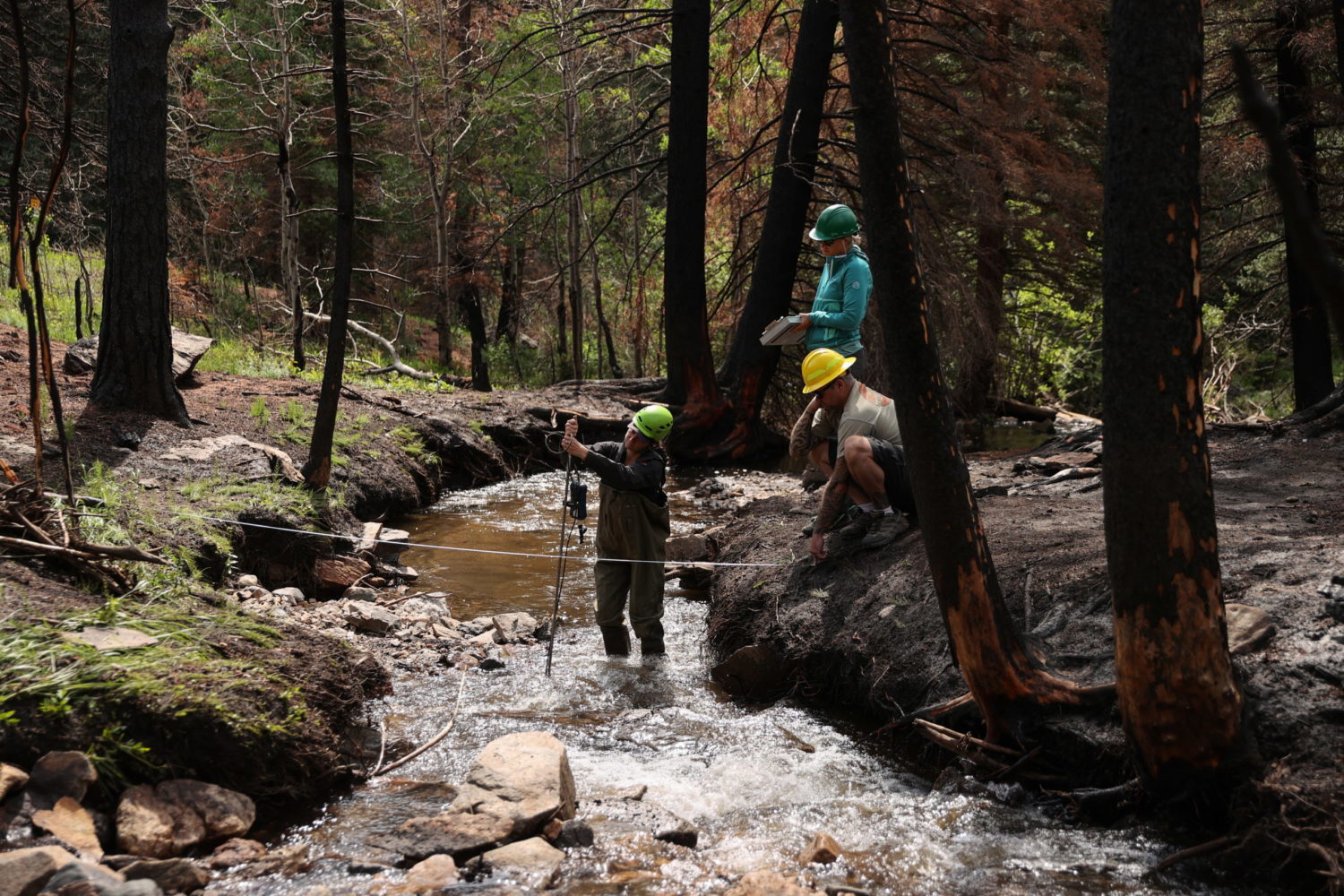
By Joshua Schneyer and M.B. Pell
NEW YORK (Reuters) – Dozens of California communities have experienced recent rates of childhood lead poisoning that surpass those of Flint, Michigan, with one Fresno locale showing rates nearly three times higher, blood testing data obtained by Reuters shows.
The data shows how lead poisoning affects even a state known for its environmental advocacy, with high rates of childhood exposure found in a swath of the Bay Area and downtown Los Angeles. And the figures show that, despite national strides in eliminating lead-based products, hazards remain in areas far from the Rust Belt or East Coast regions filled with old housing and legacy industry.
In one central Fresno zip code, 13.6 percent of blood tests on children under six years old came back high for lead. That compares to 5 percent across the city of Flint during its recent water contamination crisis. In all, Reuters found at least 29 Golden State neighborhoods where children had elevated lead tests at rates at least as high as in Flint.
“It’s a widespread problem and we have to get a better idea of where the sources of exposure are,” said California Assembly member Bill Quirk, who chairs the state legislature’s Committee on Environmental Safety and Toxic Materials.
(To see the Reuters interactive map of U.S. lead hotspots, click here http://reut.rs/2h55POf)
Last week, prompted in part by a December Reuters investigation pinpointing thousands of lead hotspots across the country, Quirk introduced a bill that would require blood lead screening for all California children. Now, just a fraction of the state’s children are tested.
The newest zip code-level testing data was released by the California Department of Public Health in response to a longstanding Reuters records request and adds to a limited set of numbers previously disclosed by the state. The numbers offer a partial state snapshot, covering tests conducted during 2012 – the most recent year for which information was provided – and in about one-fourth of the state’s more than 2,000 zip code areas.
Unlike other states that provided Reuters with results for all zip codes or census tracts, California withheld data from zip codes where fewer than 250 children were screened, calling such results less reliable. So, the available data – encompassing about 400,000 children tested in 546 zip codes – likely omits many neighborhoods where lead exposure remains a problem but fewer children were screened.
California’s Public Health Department said comparisons between the state’s blood lead testing results and those from other states aren’t warranted. It said the state tests children deemed at risk for lead exposure, such as those enrolled in Medicaid or living in older housing.
HOTSPOT IN FRESNO
“Testing of at-risk children, and not all children, skews California results to higher percentage of children tested showing lead exposure,” the state said.
Testing that targets at-risk children is common across much of the country, however. And, as Reuters reported last year, many at-risk children in California and other states fall through the cracks of these programs and go untested.
Blood tests can’t determine the cause of a child’s exposure, but potential sources include crumbling old paint, contaminated soil, tainted drinking water or other lead hazards.
In Fresno’s downtown 93701 zip code, nearly 14 percent of children tested had lead levels at or above 5 micrograms per deciliter of blood, the Centers for Disease Control and Prevention’s current threshold for an elevated reading.
No level of lead exposure is safe, but children who test that high warrant a public health response, the CDC says.
Once common in household paint, gasoline and plumbing, lead is a neurotoxin that causes irreversible health impacts, including cognitive impairment and attention disorders in children.
In all, Fresno County had nine zip code areas where high lead levels among children tested were at least as common as in Flint. The Reuters article in December documented nearly 3,000 locales nationwide with poisoning rates double those found in the Michigan city along the Flint River.
The city of Fresno battles high poverty rates and problems with substandard housing, both risk factors for lead exposure. Some locals are also concerned with drinking water, after unsafe levels of lead were detected in at least 120 Fresno homes last year.
Fresno County’s lead poisoning prevention program conducts outreach across the city, and a program health educator, Leticia Berber, says exposure remains too common.
Still, she expressed surprise at the area’s high rate. “We haven’t looked at it that way compared to Flint,” Berber said.
Eight zip codes in Alameda County, which includes Oakland, had rates equal to or greater than those found in Flint. Other counties containing zip codes with high exposure rates included Los Angeles, Monterrey and Humboldt.
The exposure hotspots remain outliers. Around 2 percent of all California children tested in 2012 had lead levels at or above the federal standard, Reuters found.
Yet in the worst-affected zip codes identified statewide, more than 10 percent of children tested had an elevated lead level. In scores of others, less than 1 percent of children tested high. Three zip codes reported no high tests in 2012.
BAY AREA PLANS ACTION
In California, home inspections are required when a child’s levels reach 14.5 micrograms per deciliter, the state’s formal threshold for a “lead poisoning case.”
State and local health departments provide services, including educational materials, to some families whose children test at or above 4.5 micrograms per deciliter. Like other states, including Michigan, California rounds its blood lead test results up or down to the nearest whole number. So, a result of 4.5 or higher meets the CDC threshold.
In its December report, Reuters tracked California lead exposure rates based on the neighborhood-level data available at the time. The report showed hotspots such as the Fruitvale neighborhood of Oakland, where 7.6 percent of children tested high, prompting media coverage and new initiatives to protect children.
Lead exposure is common in other East Bay areas, including large parts of Oakland, and nearby Emeryville and Fremont, the new data shows.
In January, Oakland city council members introduced a resolution that would require property owners to obtain lead inspections and safety certifications before renting or selling houses and apartments built before 1978, when lead paint was banned.
Emeryville’s city council this month proposed an ordinance to require proof that contractors will adhere to Environmental Protection Agency standards – including safe lead paint removal practices – before they renovate older housing.
Emeryville Vice Mayor John Bauters said paint exposure isn’t the only risk. A long history of heavy industry in the East Bay also left contaminated soil in some areas.
In the Los Angeles area, the prevalence of high blood lead tests reached 5 percent or above in at least four zip codes during 2012.
Since August, a sampling of children tested from the Los Angeles neighborhoods of Westlake, Koreatown and Pico Union revealed about 5 percent with high lead results, said Jeff Sanchez, a public health specialist at Impact Assessment, which helps Los Angeles run its lead poisoning prevention program.
“The more you look,” Sanchez said, “the more you find.”
(Reporting By Joshua Schneyer and M.B. Pell. Editing by Ronnie Greene.)









